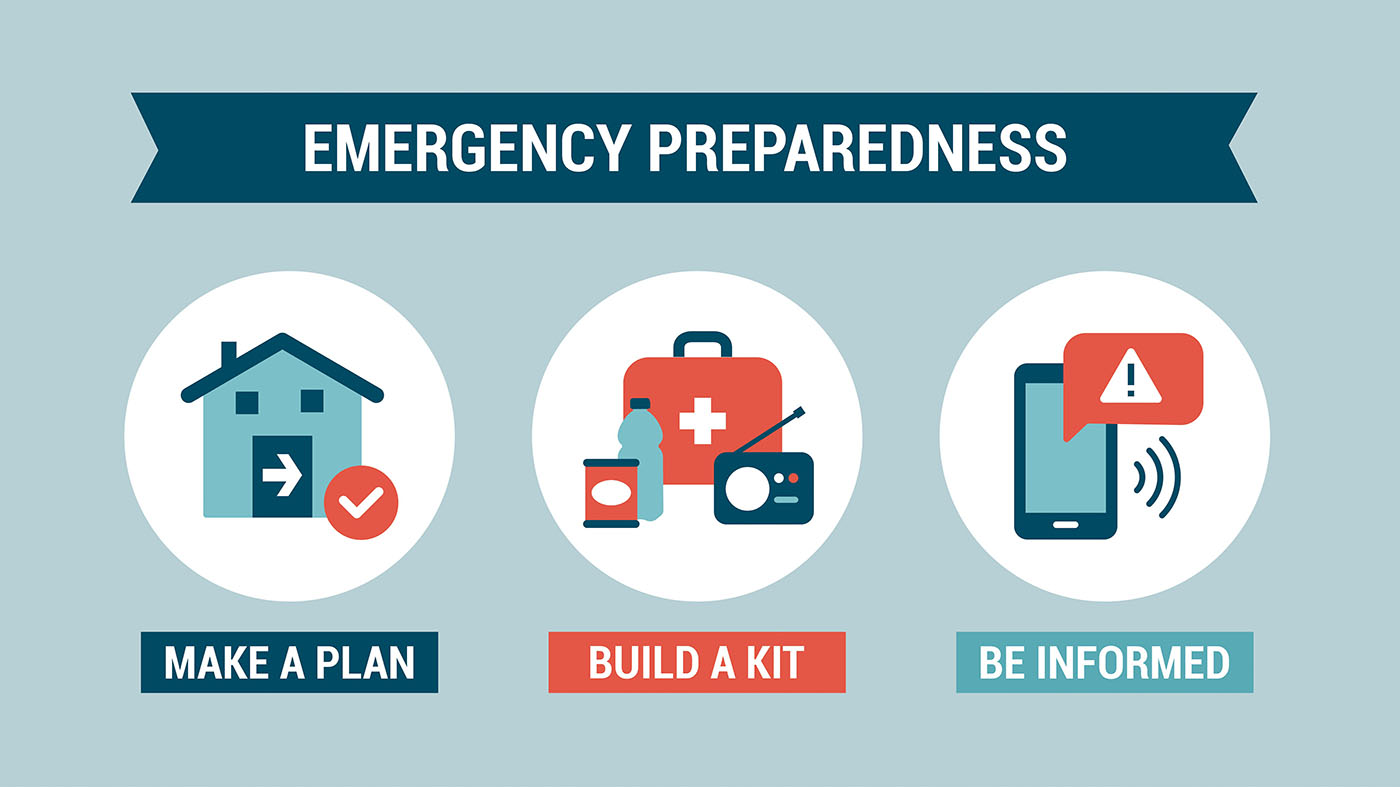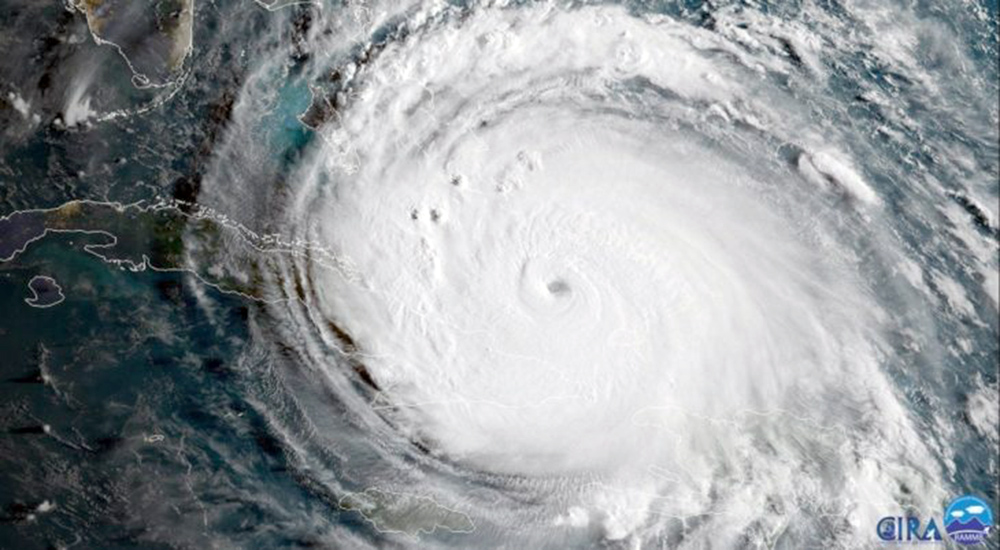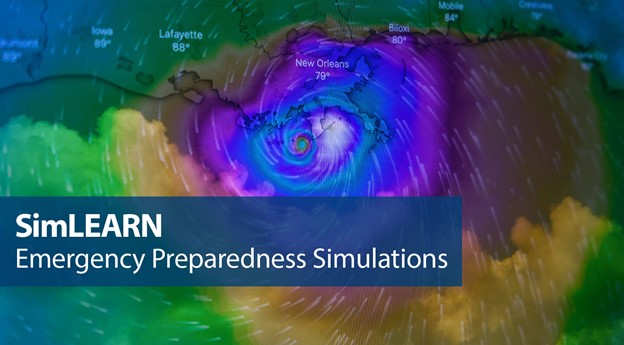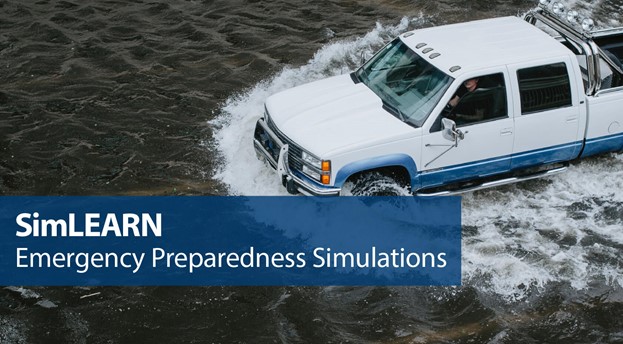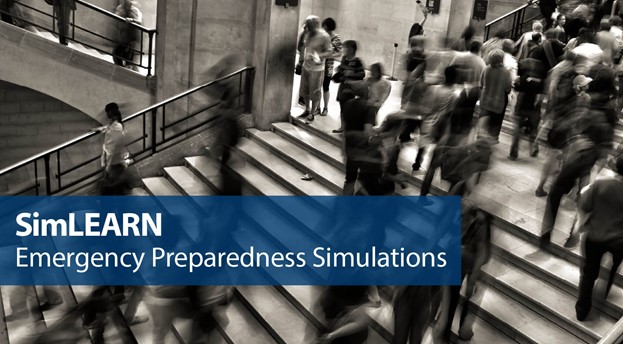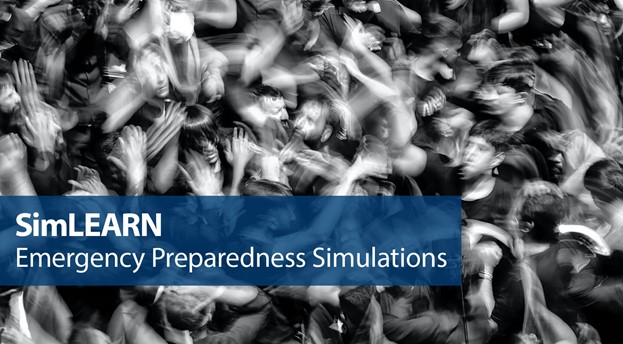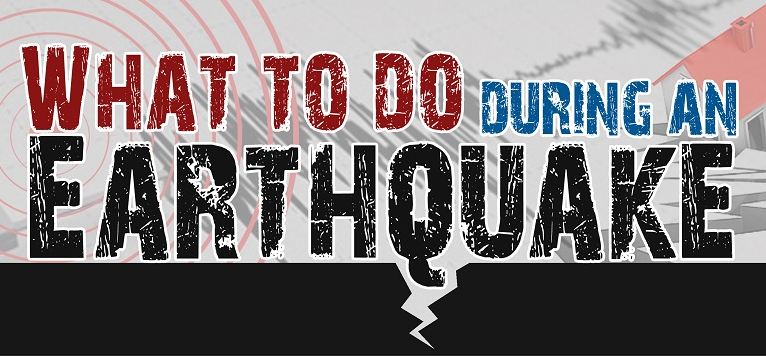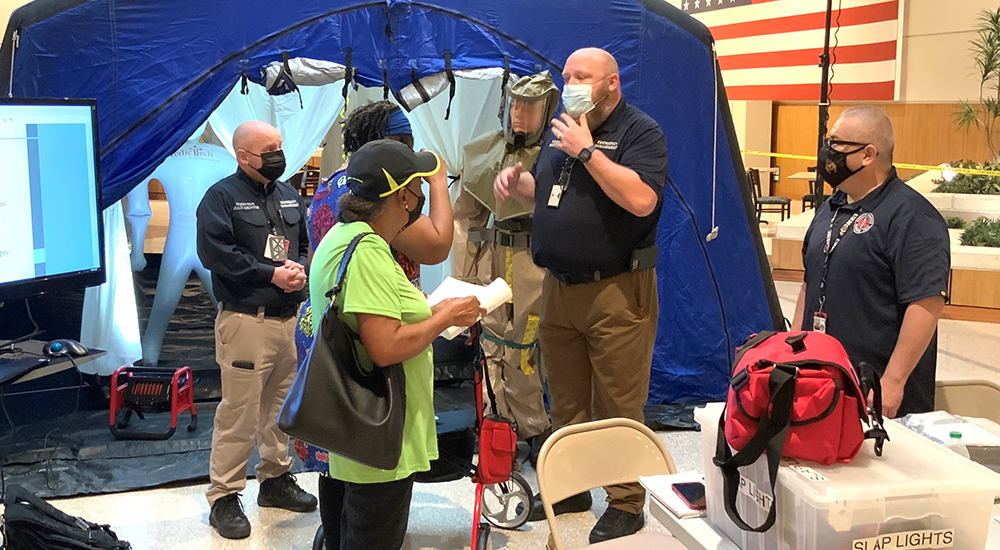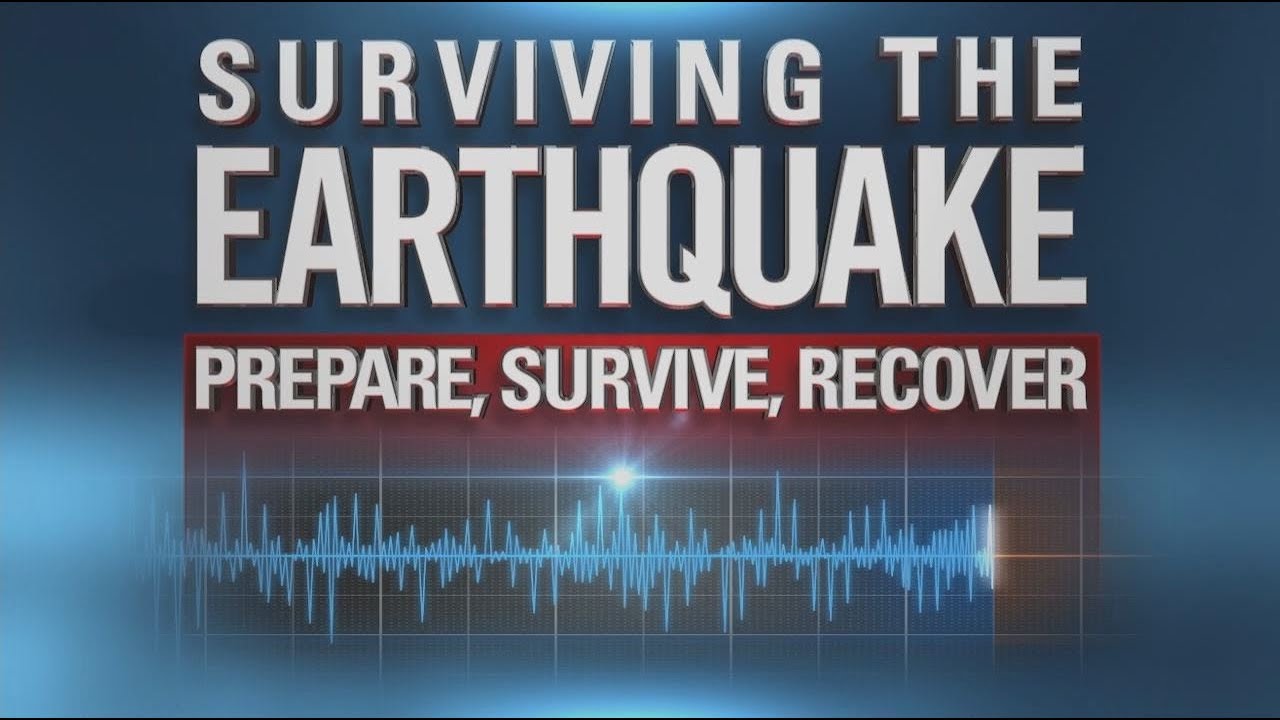Veterans are encouraged to be prepared for a disaster or emergency in their homes, businesses and communities.
Each September, we raise awareness about the importance of preparing for emergencies that can happen at any time with little or no warning. September 25-30 is the last week of the annual National Preparedness Month.
In this four-part series on VA's Emergency Preparedness Simulation efforts, you'll see how simulation and emergency preparedness professionals build collective strategies that mitigate, prepare, respond, and recover from tragedies impacting Veterans and their communities.
In this four-part series on VA Emergency Preparedness Simulation efforts, learn how simulation and emergency preparedness at VA work.
In this four-part series on VA Emergency Preparedness Simulation efforts, you will learn about simulation and emergency preparedness at VA.
A four-part series on Department of Veteran Affairs Emergency Preparedness Simulation efforts through SimLEARN.
Earthquakes and aftershocks can happen anywhere without warning and at any time of the year. All 50 states, five U.S. territories and the District of Columbia are at some risk. The info below can help you build out your earthquake preparedness kit and plans before the next one strikes.
Continuum of care during any disaster or incident is a priority for VA North Texas Health Care Systems’ Office of Emergency Management.
Here are the steps to stay safe before, during and after an earthquake. These tips will make you, your family or your workplace better prepared to survive and recover quickly.
Children can suffer developmental and psychological setbacks following disaster or other emergencies. It's never too late to begin teaching preparedness!
There’s hot summer weather—and then there are heat waves or extreme heat. Much like other natural disasters, extreme heat can kill.

